How medieval pranksters played tricks on people — sophisticated and merciless
Categories: History
By Pictolic https://pictolic.com/article/how-medieval-pranksters-played-tricks-on-people-sophisticated-and-merciless.htmlThe word "prank" appeared in our vocabulary in the Internet era. But the practical jokes on people themselves, which lead the victim to emotions and cause laughter or, conversely, irritation in others, have been practiced for more than one century. It must be said that in the Middle Ages prankers were more resourceful than modern ones and their jokes not only entertained, but often pursued quite real goals.
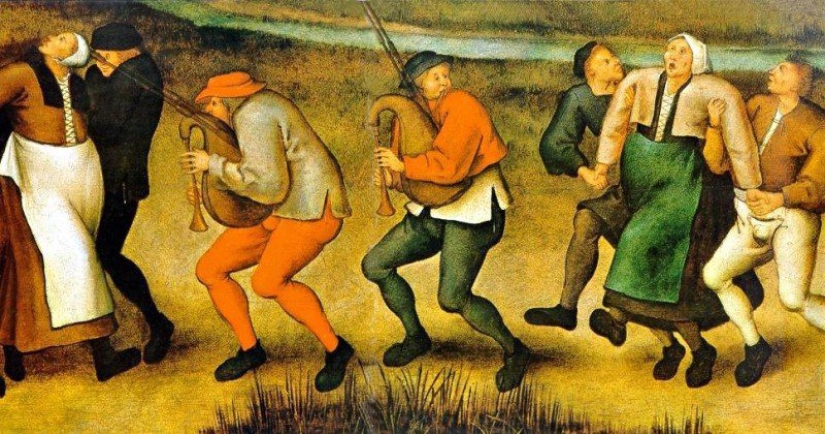
It is quite possible that the first prankers appeared together with a person's ability to laugh at jokes. Unfortunately, we have no information about Stone Age prankers and their practical jokes. But we have come down to descriptions of jokes of the ancient era, which are somewhat similar to modern ones.

The Roman emperor Heliogabalus invented the first ever "fart pillow" and put it under respectable senators. And the good—natured and forgetful Emperor Claudius himself became the object of jokes - the servants put sandals on the hands of the sleeping monarch and had fun from the bottom of their hearts when he slapped himself in the face with them. We don't know anything about the consequences of such jokes for Roman prankers.
In the Middle Ages, people also played tricks on each other, although it was sometimes dangerous. The church, and especially the holy Inquisition, did not understand jokes, and the people were harsh and quick to punish. Despite this, the ancient chronicles have preserved for posterity descriptions of several spectacular pranks, the authors of which even today would be applauded standing up.
The authors of the most sophisticated and interesting pranks have always been educated and creative people. Florentine architect Filippo Brunelleschi went down in history not only as the creator of the dome of the Cathedral of Santa Maria del Fiore and the Pazzi Chapel, but also as the author of one of the most complex and spectacular pranks in history.
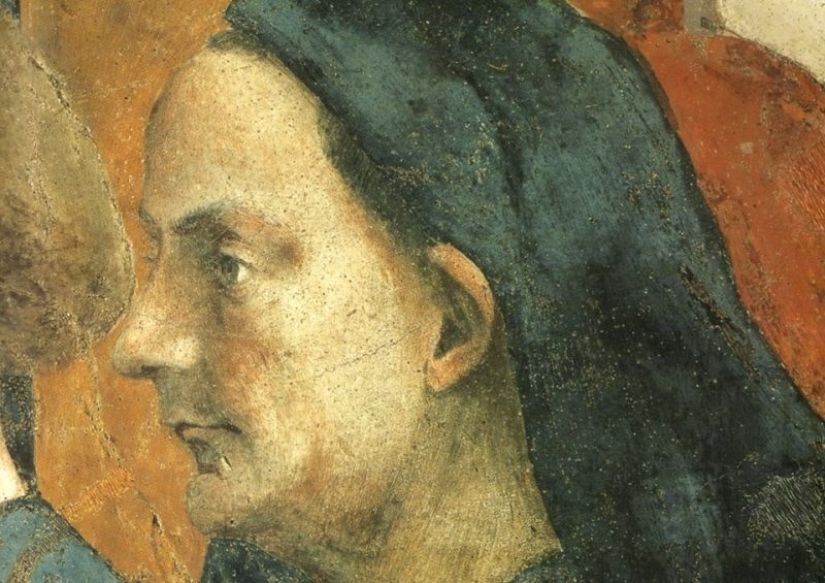
There was mutual hostility between Brunelleschi and the Florentine carpenter Grasso. It is unknown why they disliked each other, but in 1409 Filippo decided to cruelly play the enemy and did it very gracefully. The architect had been preparing for the prank for more than one day and many people of Florence were privy to his plans.
The point of the joke was to convince Grasso that he had exchanged bodies with a local troublemaker named Matteo. It all started with Brunelleschi sneaking into his opponent's workshop and locking himself in there. When the carpenter tried to enter, Filippo, skillfully imitating the owner's voice, advised him to get out.
Angry and puzzled, Grasso went to the nearest square for help. There he was met by another Renaissance genius and Brunelleschi's friend, the sculptor Donatello. Being aware of the matter, he addressed the carpenter as Matteo, completely confusing him.
While the discouraged carpenter was trying to figure out what was going on, the city guard, bribed in advance by the joker Filippo, approached him and arrested him as Matteo, for non-payment of debts. For trying to resist, the poor guy got a slap on the neck and was thrown into prison. In the prison book, Grasso was also recorded as Matteo and everyone, up to his cellmates, called him by someone else's name.

The carpenter, who decided that he was going crazy, went to bed, hoping that in the morning everything would return to normal, but his expectations were not destined to come true. At the crack of dawn, the Matteo brothers arrived at the prison and, having paid the due debt, took the hapless "brother" home. They brought him to the family estate and forced him to celebrate his happy release.
Grasso, drunk to unconsciousness, was brought home late in the evening and carefully laid in his own bed. In the morning, Matteo himself showed up to the hungover carpenter and told him that he had a strange dream that he and Grasso exchanged bodies. This again put the stupid carpenter into a stupor.
This enchanting prank ended with Grasso packing up and getting out of his hometown. After learning that he had been cruelly played, he could not bear the shame and moved away from Florence — to Hungary. So Brunelleschi got even more than he expected — he not only made a mockery of the enemy, but also took him out of sight.
In the Middle Ages, it was difficult to find more serious guys than Catholic monks, but even among them there were resourceful minx. One of them was the monk Thomas Betson, who lived in the 15th century, who played his brothers with an apple.
Betson lived in the Abbey of Zion in Middlesex County and, despite his position, was a very educated and curious man. Records from the diary of this man have come down to our time, judging by which, he conducted interesting experiments with mirrors and lenses, moving forward such a science as optics.
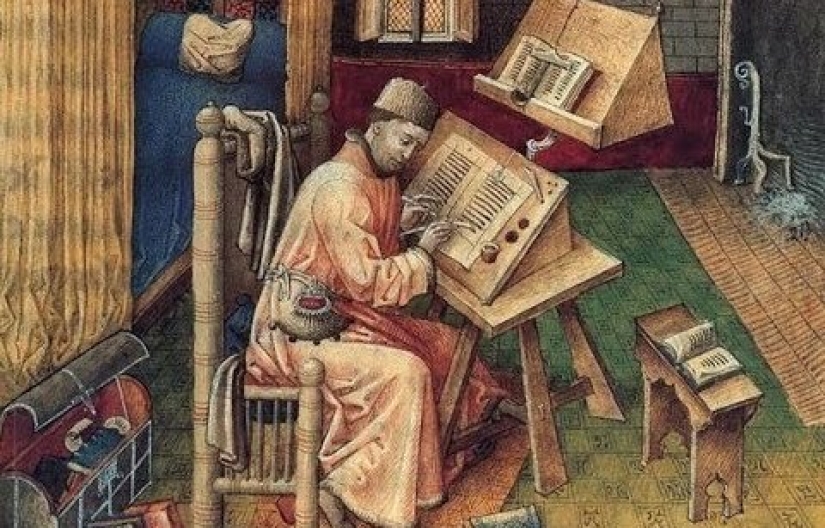
But besides science, Thomas Betson also found time for entertainment. One of his diary entries describes an interesting prank that horrified the other monks of the monastery. Betson cut out the core of an apple and placed a large beetle inside. Then he called the brethren and began to tell them that the fruit was possessed by demons. In confirmation of his words, the apple stirred and ran across the table, impressing the superstitious monks.
Whether this prank, bold for the Middle Ages, had consequences for Betson, we do not know. Judging by the fact that the monk continued to keep his diary, he was not burned at the stake or even expelled from the monastery. Unfortunately, there was no information about the monk's other jokes at the disposal of descendants.
At all times, students have been at the forefront of humor and practical jokes. Sometimes the jokes of the youth were too cruel and ended badly for the object. One of such fatal pranks was the performance with the Devil in the grave, described by the novelist Matteo Bandeo, the author of the original version of Shakespeare's play "Romeo and Juliet", who lived in the 16th century.
The main characters of this story are three students, one of whom was deeply and unrequitedly in love with a local beauty. Friends decided to play it and told about an old love spell that can charm the most unapproachable beauties. To do this, it was necessary to go to the cemetery at night, climb into the crypt and perform several manipulations with the body that was there.
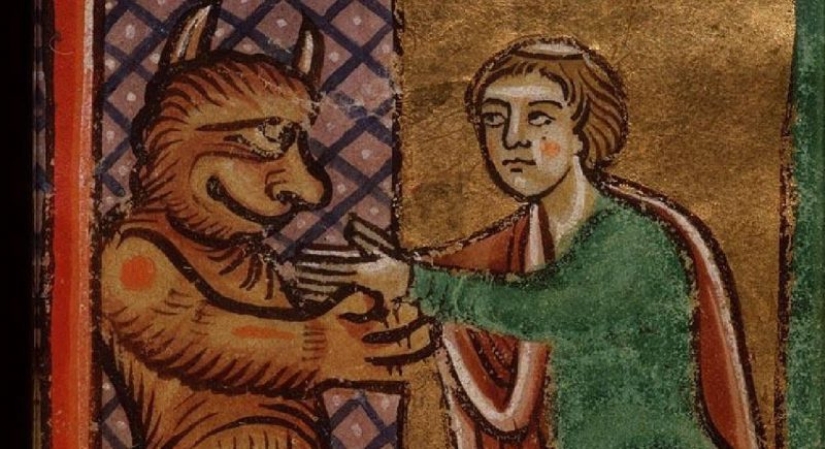
In particular, the prankers told a friend that they needed to lie down next to the body, hug it, kiss it on the lips, ask for forgiveness, and then pull out three upper teeth and two lower teeth from the corpse, as well as a pair of nails. The trophies received should be wrapped in a note with spells written in the blood of a bat and buried in the ground.
The poor man went at midnight to the crypt indicated by his friends, where a friend disguised as the Prince of Darkness was waiting for him. As soon as the student approached the burial, a demonic creature jumped out of the crypt with a screech and flame and began jumping over the graves. For maximum effect, the Devil's costume was supplemented with pyrotechnic products that gave out fire and sparks.
The victim of the prank was so impressed that she immediately fell to the ground and gave her soul to God. Frightened friends dragged his body to the ill-fated crypt and fled the city, fearing that they would have to answer for the joke according to the law.
The name Gotham is associated with the universe created by DC, Batman and the Joker. But the locality with this name actually exists — it is an old English village in the county of Nottinghamshire, whose inhabitants have always been credited with special cunning and resourcefulness.
Gothams earned the reputation of real cunning in the 13th century, when, according to local legend, they deceived the English king himself. One day Richard the Lionheart's brother, King John the Landless, decided to equip himself with new hunting grounds. For these purposes, he liked the surroundings of Gotham surrounded by dense oak forests.
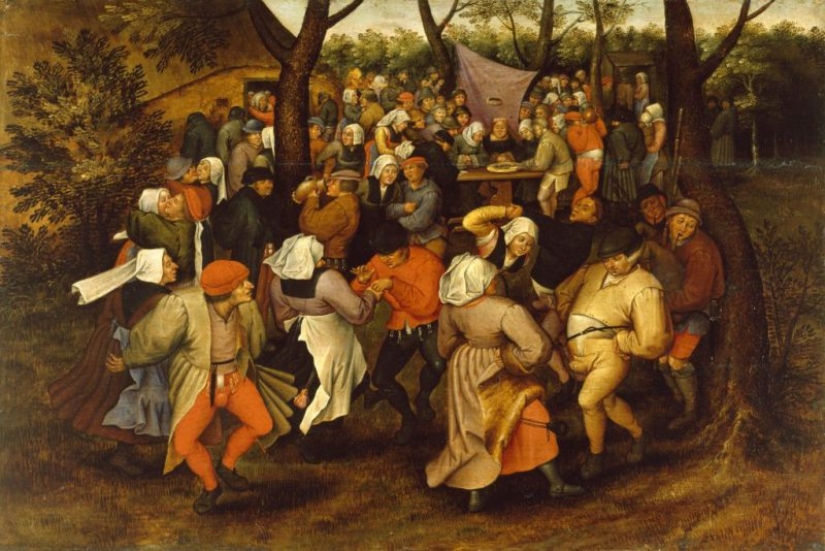
It should immediately be said that in those distant times, the king's special attention to the village did not bode well. The inhabitants of the royal lands, together with their land and property, automatically became the property of the monarch. They would have to maintain a large chivalric brotherhood, inevitably accompanying the king everywhere, and also endure the fact that fields and pastures would be systematically trampled by horses.
While waiting for the messengers of King John, who were supposed to inspect the area and determine its suitability for entertainment, the Gothams came up with a number of crazy performances. The purpose of these performances was to convince royal officials that Gotham is populated by unpredictable idiots, whom it is better not to mess with.
At the entrance to the village, the royal envoys met a group of peasants who were diligently drowning an eel in the river. Of course, the fish was not going to sink, but this only provoked the company. Marveling at what they saw, the officials went on and an even crazier picture appeared before their eyes — a crowd of villagers raged around a tree surrounded by a fence.
When asked what happened, one of the participants of the action explained that the cuckoo had chosen the tree and it was decided to catch it. For these purposes, a fence was erected, the uselessness of which led the birders to despair. After driving a little further, the representatives of the king saw a burning forge — its owner committed arson to get rid of the hornet's nest.
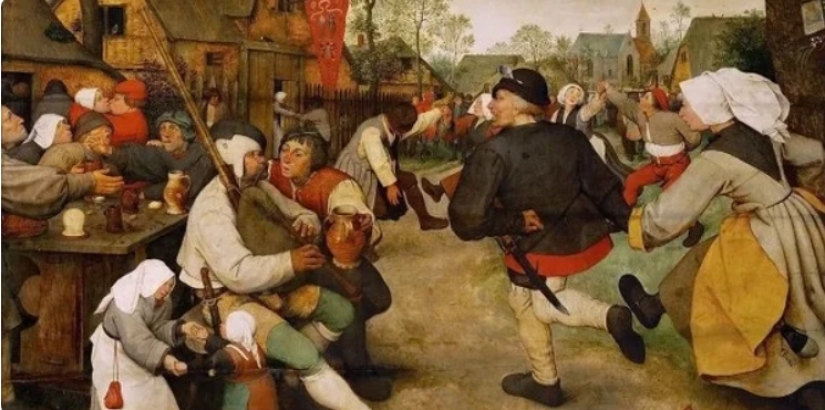
No less extravagant was the neighbor of the blacksmith, who took the stallion out of the stable and stabbed him right in front of the royal officials. After that, he ripped open the horse's belly and began to search for something intently among the entrails. He answered the questions of the audience that after several moonless nights he realized that his horse had swallowed the moon. He had no choice but to kill the animal to save the world from the darkness of the night.
Having seen enough of the follies of the inhabitants of Gotham, the auditors returned to London to tell their king about the utter stupidity of the Gotham peasants. Needless to say, John changed his mind about hunting in these parts and found other lands for himself. The villagers had a dubious reputation, which later helped them out more than once.
The village of Gotham still exists and is a cute archaic corner of old England. Its population is 1,600 people, who are traditionally considered cheats and humorists. There are still jokes and stories about the inhabitants of this area, some of which they invent themselves. At the place where the cuckoo tree grew, the Cuckoo Bush Inn pub is now popular with tourists.
The difference between medieval and modern literature is that earlier authors did not hesitate to digress from the topic even in scientific books. Thanks to this, scientific treatises and even theological works turned out to be diluted with funny everyday stories and other unscientific things.

The famous book Secretum Philosophorum, written in the 14th century, was no exception. This manual on magic and alchemy can be considered a serious scientific work for its time. Its pages contained hundreds of recipes for the preparation of potions and reagents for all occasions of medieval life. At the same time, the authors did not hesitate to add instructions to the text on how to arrange practical jokes.
One of the chapters tells how to make a special cross that will rotate if it is pointed at a virgin. Of course, the rotation took place with the help of a mechanism hidden in the handle of the crucifix. Another recipe told how to pass off pieces of wire thrown into food as worms.
There are also frankly risky recipes among the Secretum Philosophorum recipes. Of these, it is worth highlighting a joke with a burning face, because of which it was possible to seriously suffer. For the prank, it was necessary to prepare a combustible powder based on incense ground into dust.
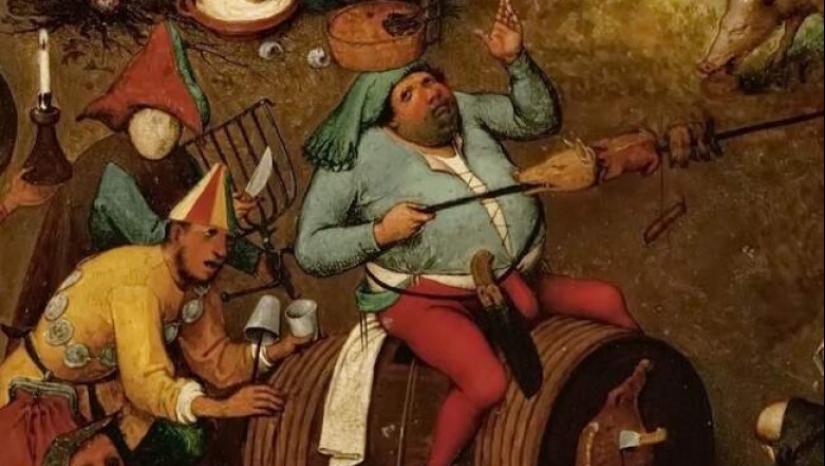
The person they wanted to play was placed in front of them, and a candle was placed in front of him. After that, the powder was blown into his face from the palm of his hand so that he flew through the flame. The composition ignited and enveloped the head of the frightened victim with a fiery cloud. The book said that a joke is not capable of causing serious harm, but it's hard to believe.
Recent articles

No matter how we strive for positive, but negative feelings and emotions are an integral part of our life. And if you can’t avoid ...

If your mailbox is located outside, this is the first thing that catches your eye when someone comes to your door, whether it's the ...

At the word "harem" most people come up with colorful pictures-an abundance of seductive half-dressed women, gurgling water ...